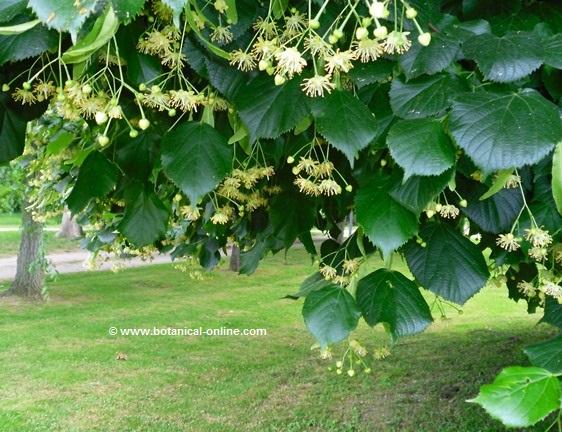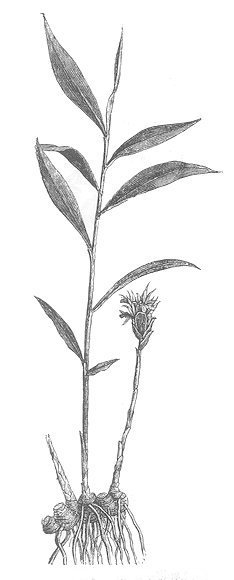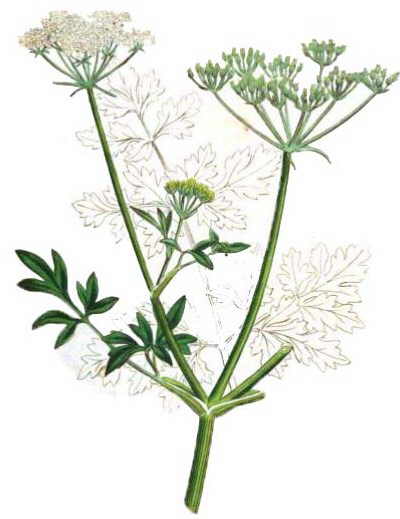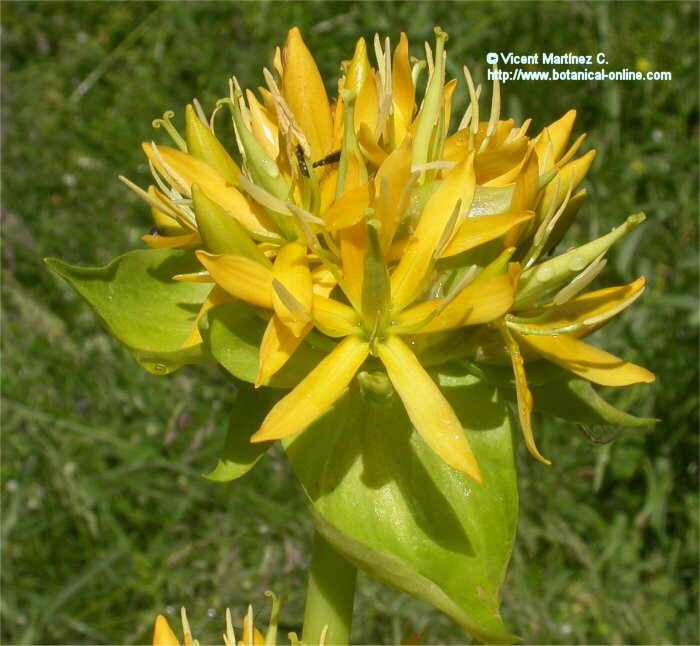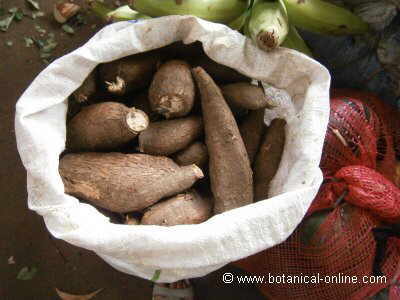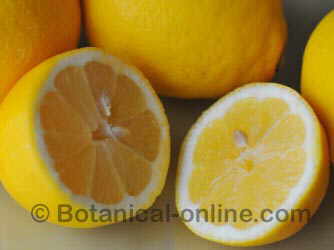Contents
What is a sorrel?
Characteristics of sorrel plant (Rumex acetosa)
Common English name: sorrel, common sorrel, garden sorrel.
– Spanish / Español: acedera, acederilla, acedilla, vinagrera, agrilla, mineta
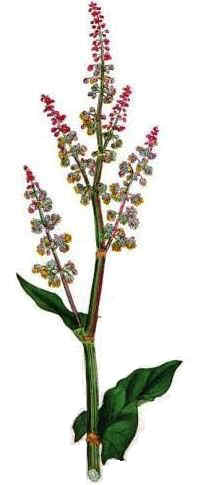
Scientific name:Rumex acetosa L.
Etymology: “acetosa” refers to the acidity of the plant, which is rich in oxalic acid.
Family: Polygonaceae
Source: sorrel is a plant native to Europe.
Habitat: Sorrel is a nitrophilous plant that likes moist and uncultivated places, being found among stones, walls, ruined buildings and debris. It grows in all types of soil, and is a common weed in gardens and orchards in Europe and North America, especially in acid soils where it grows like acweed. Forests, grasslands, bogs, rivers, etc. It is especially favored by wet weather and soil rich in iron, silicon or nitrogen.
Distribution: Found in most of Europe (including Britain), North Africa, temperate Asia and North America.
Botanical description of sorrel
Sorrel (Rumex acetosa) is a perennial herbaceous plant of the botanical family Polygonaceae, the one to which buckwheat, rhubarb or bistort belong.
The plant has a rhizomatous or thickened root, from which the basal rosette leaves and the flowering stem arise in, which can attain 90 – 120cm. high. The stem branches at the top.
Sorrel leaves are alternate and entire. The basal leaves (rosette) are oblong and large, 20cm. long by 13cm. wide, witn a long grooved petiole. The leaves in the flower stalk are sagittate or clasping, sessile (without petiole).
Depending on the type of soil, the leaves often have a tinge of red scarlet.
They are edible and have acidic flavor, being used in salads, soups and stews.
Sorrel flowers from May to June. It is a dioecious plant (female and male plants are plants), with small, green flowers, arranged in dense panicles. The male flowers are greenish, while female are reddish. They are pollinated by the wind, and fill with fruit in summer.
The fruits are achenes 2.5mm., Trigonal shape.
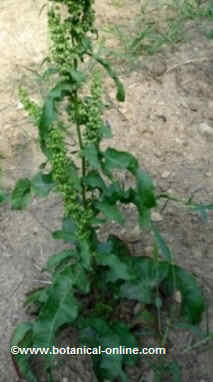 | 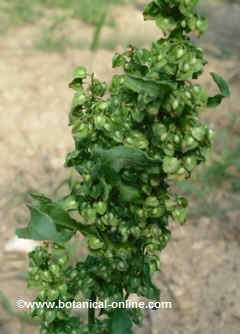 | 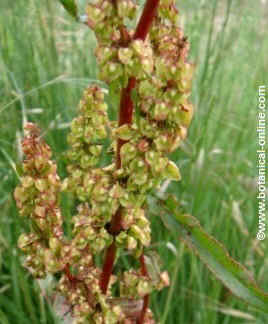 |
| Sorrel plant with fruits (General appearance) | Fruits of sorrel | Seeds of sorrel The stem becomes reddish as seeds mature |
 Used parts
Used parts
– Leaves and roots
– Edible wild plant: the tender leaves of sorrel are used to mixed salads, soups, stews and different meals. They have high amounts of fiber, vitamin C and beta-carotene.
They have a tangy, fresh and pleasant taste, but they should not be consumed in large quantities because they contain oxalic acid.
– Medicinal Uses: Sorrel leaves are dried to be used as a medicinal plant. They have refreshing, laxative and diuretic properties, with a characteristic lemony flavor. For its astringency and hemostatic power, root and leaves are used against bleeding and hemorrhoids.
Because it is a plant rich in oxalic acid, is not recommended for people with rheumatism, arthritis, gout, kidney stones or heartburn.
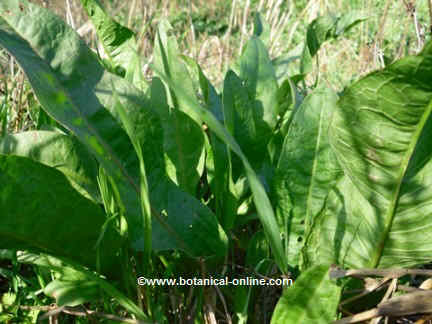
Composition of sorrel
– Vitamins: beta carotene, vitamin C, riboflavin, pantothenic acid
– Minerals: magnesium, potassium. Especially in late summer, the plant has high concentrations of potassium oxalate (1.5%), which gives it its medicinal properties.
– Anthraquinones: crisofanol, crisofanina, chrysophanic acid (root), emodin. Anthraquinones are cathartic components (they accelerate defecation) present in some plants that have strong laxative or purgative effects.
– Oxalate: sorrel leaves are rich in oxalic acid, reason why it should be consumed in small amounts in our diet. Oxalates can lead to the formation of kidney stones. To reduce its content in oxalates, leaves, always have to be consumed tender (older leaves are not eaten) previously being boiled. Oxalates are soluble in water and left in the cooking broth, that should be discarded.
– Flavonoids: hyperoside, hyperin, quercetin, rutin, vitexin. The leaves contain hyperoside, a flavonoid present in most antibronchitic plants such as coltsfoot (Tussilago farfara) and St. John’s wort (Hypericum perforatum). Sorrel soups are usually given in cases of cold for its antitussive properties.
– Roots have high doses of chrysophanic acid with antiseptic and antispasmodic properties.
– Tannins: Seeds and roots are rich in tannins.
Related species of sorrel
– Curly dock, yellow dock, curled dock (Rumex crispus L.)
– Sheep’s sorrel, field sorrel, red sorrel (Rumex acetosella L.)
– Shield-leaf sorrel, buckler sorrel (Rumex scutatus L)
| Botanical classification * Más información: Clasificación de las plantas | |
| Kingdom | Plantae – Plants |
| Subkingdom | Tracheobionta Flower plants |
| Superdivision | Spermatophyta Seed plants |
| Division | Magnoliophyta Flower plants |
| Class | Magnoliopsida Dicotyledoneae |
| Order | Caryophyllales |
| Family | Polygonaceae |
| Gender | Rumex |
| Species | R. acetosa |
![]() More information about sorrel.
More information about sorrel.

 Used parts
Used parts